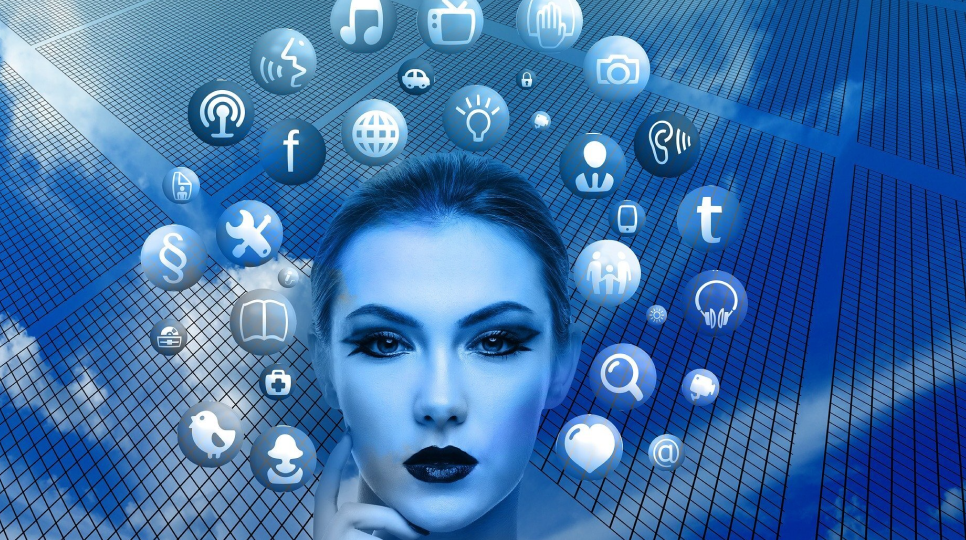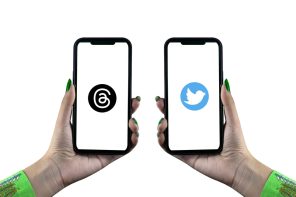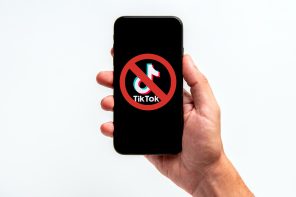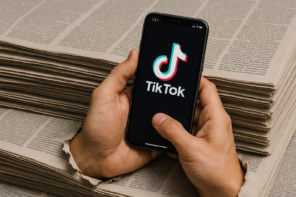
Monday June 29, 2020
Social Media Minefield During Covid-19: 8 Types of Content You Can Post Without Worry
While some companies and influencers came under fire for tone-deaf content on social media, and others pulled back on all promotional content to ensure they remain relevant, considerate, and empathetic during the pandemic, here are 8 fool-proof content ideas that B2B companies, art and culture brands, and governments can use to keep their social channels active and their audiences engaged in this time.
Why Post on Social Media at All?
An Instagram influencer Skye Wheatley in the US came under fire in late March for promoting a giveaway by posting photos of herself in front of an empty supermarket shelf. People called the post insensitive and the photos completely unnecessary as the empty shelves reminded people of the uncertain world where they were not sure if they would have a job tomorrow.
Meanwhile, most brands and brand-name people, including the social media automation tool company Buffer, paused their social media queues that contained posts to be posted according to their social media calendars planned months in advance. According to their editorial director Ash Reed, “What seemed like great and timely posts a few days ago, now felt a little irrelevant.”
Some brands and PR people, including Hollywood crisis communications expert Howard Bragman speaking to Brooks Barnes of The New York Times, think that if you can’t be helpful and useful during this time, it is better to say nothing for a while.
But as news related to coronavirus started circulating, social media usage went up. It increased by 61% over normal usage rates, according to a study done by Kantar in across 30 markets. In India, there was a 50x surge in social media usage between January and March.
And what kind of content did people search for and interact with? Of course, they looked for relevant and timely information related to the coronavirus.
Given your brand’s social media presence has all but come to a halt, it won’t be the worst idea to create content on what people are looking for — even though it might not be directly about your brand or product or service.
In fact, it would be a good thing. Sharing coronavirus-related helpful and useful content would help build relevance, connection, and empathy with your audience. It makes your brand humane. In fact, many brands did exactly this. (More about them below.)
Moreover, it allows you to have active and engaged social platforms without the worry of making a faux pas. But if you are wondering what exactly can you post about if you are not a health official or a brand whose services or products have anything to do with the coronavirus, the answer is, “a lot”.
Here are some ideas for the kind of content that has worked well for other companies and might work well for you too.
8 Relevant Social Media Content Ideas During Coronavirus
1. News About How You Are Helping the Society
Most companies have stepped up in these times to help in any small or big way that they can. Data shows that people resonated and responded with appreciation for companies that shared the news about their relief efforts.
An analysis by LinkedIn shows the most engaging posts on its platform in March 2020 were company posts that shared information about what a company is doing to help the society during this time.
A post by cosmetics brand L’Oreal announcing that they’d be producing and freely distributing hand sanitisers to hospitals and food stores received the highest engagement on LinkedIn with 26,000+ reactions.

Other posts with high engagement included a post by Reliance Industries announcing partnering with local authorities to set up a health centre in India, and a post by sports goods brand Decathlon sharing how its snorkelling masks are converted into ventilators.
2. Share Your Experience of Working From Home (WFH)
The coronavirus situation has brought almost similar struggles and issues to most people in the corporate world. Sharing how you are dealing with it and coping can be a great way to connect with an audience — as they resonate with your problems and it allows you a chance to share your learnings that might be helpful for them as well.
One of the main changes the social distancing and quarantine rules brought was remote work.
The LinkedIn analysis shows that posts about WFH experienced a drastic increase in engagement, with WFH posts getting a whopping 165% more engagement than usual in the Asia Pacific region, and 76% more than usual in North America in April.

For example, at Curzon, we ran a LinkedIn campaign where each employee shared how they are dealing with remote work during the lockdown, and one positive thing about the quarantine.

Source: Curzon PR (via LinkedIn)

Source: Curzon PR (via LinkedIn)
In the month that we ran this campaign, our LinkedIn follower count increased by 575% and the posts received 9,300 impressions — showing that the followers are resonating with this content, even though it is not directly related to any of the services on PR and Marketing that we offer.
Similarly, another company Jacob asked its employees to share pictures on how they reinvented their home offices.

3. Share How You Are Caring for Your Employees
An insightful study by People Insiders Panel revealed that 89% of Americans are monitoring companies’ behaviours during this time regarding how they are treating their employees, from layoffs to paid sick days. As if this wasn’t telling enough, 65% says this would likely impact their future purchasing decisions.
Data from the LinkedIn study backs this. Amongst the coronavirus-related posts on LinkedIn, the ones that got the most engagement used the word “employees” amongst its top 10 words.

Data and image source: LinkedIn
For example, one such top post showed a company sharing an update of sending goodies, including toilet paper, fruits, and ergonomic chairs to homes of their employees.

4. Help People Via Knowledge Sharing and Educative Content
Consider if you as a company or any of your employees have expertise or knowledge that could be helpful to people in general, and not just your audience and potential customers, in this time.
The head of strategic communications at Malaysia’s Ministry of International Trade and Industry Zuhaila Sedek partnered with a university to offer a free webinar on crisis communication.

Privy hosted a webinar on how eCommerce can make more money by leveraging the traffic they already have.
5. Use Your Reach and Network to Interview Relevant Experts
If you have access to relevant experts like health or government professionals, and an audience that might benefit from listening to them, you can bring the two together by interviewing the former and taking questions from the latter to ask.
Priyanka Chopra, an international movie actor as well as UN’s Goodwill ambassador, chatted with WHO experts like General Director Dr Tedros Adhanom Ghebreyesus and tech lead Dr Maria Van Kerkhove on Instagram live to bust coronavirus myths.
Rahul Gandhi, an Indian politician from the opposition party of India, held an online conversation with a former American diplomat and university professor of international politics Nicholas Burns on how the COVID crisis is reshaping the world order.

6. Art and Creativity to Beat Anxiety and Stress
Art and culture brands and brand-name people in the entertainment industry can creatively brainstorm for ideas to beat anxiety and stress.
For example, Disney shared zoom backgrounds from its films. Musician Matthew Koma did several Instagram lives to sing and connect with his fans as his concerts got cancelled.
Terribly Tiny Tales, a social storytelling platform started the #WriteFor21 challenge on social media prompting people to write micro-stories based on their prompts for the 21 days that India first went into lockdown.
7. Q&As, especially if you are a government or health official
Taking questions directly from the citizens is one way that government bodies, health ministries, and other relevant professionals can curb fake news and be a source of reliable information.
For example, the mayor of Newark in the US Ras Barakta took questions from citizens on his Facebook live.
In the UK, the Department of Education‘s posts during the three months from March to June received 200,000 interactions. With the schools closing, many parents and schools had questions. They held parent and teacher Q&As, explainers, and rebuttals on their Facebook page.
8. For Government Bodies, Share Relevant News Updates as Rules Change Constantly
While companies and brands might need to brainstorm and think out of the box for relevant content to share, the governments are in the centre of the discussions as they decide and change rules regarding travel constantly, and have official information and data regarding the situation in their country or constituency.
Many governments are using social platforms, especially Twitter, to first announce news and updates there, which then gets picked up by the media. For example, The Ministry of Information and Broadcasting in India launched a special Twitter handle dedicated to COVID news.

Conclusion
On social media as in the real world, your relevant expertise, shared experiences, and creative solutions to urgent problems are worthwhile and wanted, even if they don’t relate to your business directly.
Curzon PR is a London-based PR firm working with clients globally. If you have any questions, please feel free to contact our Business Development Team bd@curzonpr.com







Follow us